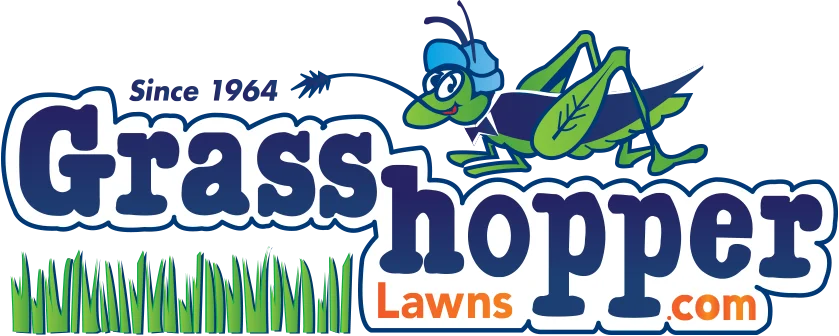Organic Pesticides…What Works & What Doesn’t

In late January Dr. Galen Dively of the University of Maryland gave an overview of organic insecticides at the Mid-Atlantic Fruit and Vegetable Grower’s Conference. Did you miss it? I’ll try to provide a recap.
Galen prefaced his remarks about specific products with these observations:
- In organic systems, insecticides are used as a tool of last resort…after all non-chemical approaches have been employed. They are not intended as the basis for insect management in these systems. This often puts the products at a disadvantage because they frequently work best on immature states of pest’s life cycle.
- Many pest control products are listed at OMRI (Organic Materials Research Institute) and are approved under the USDA National Organic Program but double check with you certifying agency before proceeding.
- Organic insecticides have several problems or limitations compared to conventional insecticides, including:
- Short residual activity
- Most have limited contact activity, requiring ingestion to be effective
- Less effective on mature insects, requiring precise timing to hit immature insects
- None have systemic activity
- Short shelf life
- Lacking in reliable efficacy
Interesting…an article in the February 2012 issue of Vegetable Growers New echoed Galen’s points about the limitations of these products. Still, growers found them useful. So, despite these limitations, organic growers have several good tools for insect management. Here is an overview:
- Azadirachtin products, such as Neemix and Aza-Direct are extracts of oils found in the Neem tree. These products are insect growth regulators and prevent insect molting (slow) and also serve as feeding deterrents and repellents. Fair to good control of beetles (Cuke, Colorado potato, Mexican bean, and flea) is reported. Note however, that with cuke beetles, even minimal feeding can transmit the bacterial wilt organism to cucumber and cantaloupe.
- Pyrethrum is the naturally derived insecticide found in daisy flowers and commonly marketed as Pyganic. Quick knockdown but very short residual activity are key traits. Fair to good control of aphids, whiteflies, thrips as well as knockdown of cuke, Colorado potato and flea beetles were noted.
- A new product called Azera is a combination of a pyrethrum (like Pyganic) and azadirachtin (like Azadirect/Neemix). Control of Japanese beetle, aphids, imported cabbage worm, leafhoppers and cucumber beetles was improved over use of azadirachtin alone in recent studies. It even provided good squash bug control if timed to target nymphs, just after egg hatch. The limitations of one ingredient are partially covered by the other.
- Bt products are well known for their ability to control lepidopteron (caterpillar) larvae such as imported cabbage moths in cole crops. Good spray coverage and repeat applications are important. Some Bt strains control non-lepidopterons. Not all Bts are alike and some are not labeled for organic production.
- Spinosad, sold as Entrust to the organic market, provides very good control of caterpillars and thrips. Fair to good control of flea beetles and Mexican bean beetle was noted. Some growers note control of Colorado potato beetle.
- Soaps and oils – provide good knockdown of soft bodied insects such as aphids and mites. Repeat applications and excellent plant coverage are important. Oils provide more residual activity than soaps but still this effect is short lived. Both soaps and oils have potential for phytotoxcity.
- Plant Extracts such as d-limonene (citrus) and rosemary extras disrupt insect neuroreceptors and act as anti-feedants. Fair to good control of aphids and spider mites reported.
- Mineral dusts kaolin clay sold as Surround, repel and/or irritate insects and disrupt feeding and egg laying. Maryland research showed that Surround applied alone or in combination with sulfur, Azera or Trilogy provided 55-86 % stink bug control. Residue from Surround may not be acceptable for some fresh market crops.
In conclusion, Galen provided the following suggestions for improving the efficacy of organic insecticides:
- Use 50 -100 gallons of spray solution to ensure good plant coverage.
- Arrange nozzles (such as drop nozzles) to improve plant coverage.
- Monitor pH of spray water and buffer as needed.
- Calibrate sprayers.
- Apply controls when pests are in the early stages of development.
- Consider adjuvants to increase coverage and efficacy.
More than 130 participants were attracted to Galen’s excellent presentation. As he noted, efficacy data on organic insecticides is sparse. His work and presentation were very much appreciated.
